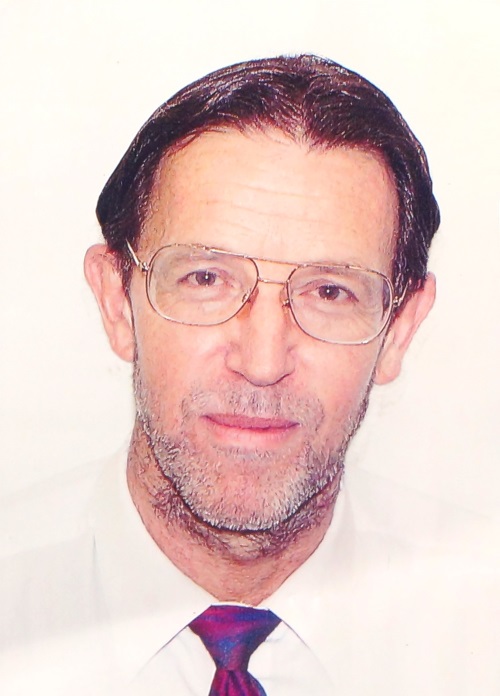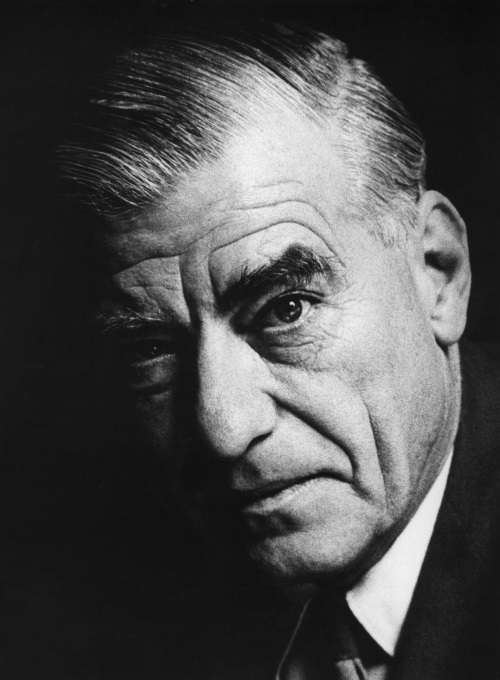Dr Miles Wislang (1942-2024)
Dr Miles Roger Wislang passed away peacefully in Dunedin, New Zealand on 27 August 2024, aged 82. He was a beloved father to the late Soren (2022) and Nik (sons of Helen). Cherished father of Aaron, Ziska, Simeon, Mischa, Elizabeth, Phina, Eunice, Ephraim, Gideon, Ezra, Mathea and the late Esther (2000) - (children of Jennifer). Grandfather to Kate and Hannah (daughters of Soren and Diana, NZ), Louis (son of Nik, UK), and Benjamin and Isaac (sons of Aaron and Heidi, CA). He will always be loved and remembered by his family and friends. Special thank you to Dunedin Hospital and Yvette Williams for the exceptional care and support shown to Miles and his family. A private cremation has been held. A memorial service will take place on 26 October 2024, in Auckland.
Contact: Memorial - Dr Miles Wislang (1942-2024)
Contact: Miles Wislang (Family)
 MILES WISLANG has been teaching medical Anatomy, including embryological, osteological, topographic and histological, since 1964 when he was a New Zealand Medical Research Council Scholar and junior lecturer in the department of Anatomy under Professor W. E. Adams in the medical school in the University of Otago, Dunedin.
MILES WISLANG has been teaching medical Anatomy, including embryological, osteological, topographic and histological, since 1964 when he was a New Zealand Medical Research Council Scholar and junior lecturer in the department of Anatomy under Professor W. E. Adams in the medical school in the University of Otago, Dunedin.
He has extensive experience of the teaching of undergraduate and postgraduate surgical Anatomy in medical schools and other institutions in New Zealand, United Kingdom, Israel and the United States.
His principal research interest since 1982 has been undergraduate and postgraduate, especially surgical, Anatomical education; with emphasis on the Basic Medical Science curriculum, teaching and examining methods, and the various means whereby students of Medicine acquire their foundational knowledge. Dr Wislang's interest in this extends to identifying the best means of specifically addressing, at all stages of medical education, the potentiation and efficient deployment of the individual student's natural and acquired intellectual, observational and manual skills throughout medical studies, and in the early development of the clinical stance, and in diagnosis and treatment in clinical practice.
This has led him to extensively study, since 1976, medical curricula and the results of medical education worldwide, with the aim of fostering international research cooperations between medical educational institutions in individual countries, to improve results.
A special interest of his is the formulation and establishment and maintenance of measurable standards, according to accepted practice requirements, in the teaching of Topographic Anatomy to undergraduate Medical and postgraduate Surgical students. This has led him to close analysis of past and current curricula and teaching methods in Basic Medical and Surgical Science, especially in Topographic Anatomy, and to the study of examination methods and the meanings of the results of examinations in the discipline.
WILLIAM EDGAR ADAMS MEMORIAL LECTURE

D.Sc.(Otago), Ph.D.(Leeds), M.Sc., B.Med.Sc., M.B., Ch.B., Otago), F.A.Z., F.Anat.Soc. Aust.&NZ., F.Am.A.A., F.R.A.C.S. (Hon.), F.R.S.N.Z
Professor of Anatomy, 1943-1969 and Dean of Faculty of Medicine, 1969-1973 in the University of Otago
Dr Wislang delivered the first
WILLIAM EDGAR ADAMS MEMORIAL LECTURE
click the link above to request to view
entitled
"OUR ANATOMY"
"Critical Aspects of the Past, Present and Future Teaching of Anatomy to Students of Medicine"
on
Wednesday 10th April 2013
beginning 5.15 pm
(venue, in Dunedin Central, soon to be advertised in the newsmedia)
This year is the 70th Anniversary of Professor Adams' taking the Chair of Anatomy in the University of Otago, and the 40th Anniversary of his passing, whilst Dean of the faculty of Medicine, in 1973. Adams was a clinically-experienced, brilliant, superbly trained and extremely thorough teacher of all aspects of Human Anatomy for Medicine, as well as a forceful, crystal-clear lecturer, an expert departmental administrator and mediator, and a universally highly esteemed member of the Faculty of Medicine; and, not least, an ardent protector of the academic and career interests of the many thousands of students who studied under him during his 30-year tenure of Office. His researches into, and publication of the standard work on “The Comparative Morphology of the Carotid Body and Carotid Sinus” 1958 (pub. Charles C. Thomas, Springfield, Illinois, USA) were internationally acclaimed; as were his ground-breaking wartime and therefore much needed publications, in the Journal of Anatomy, London, in 1942 and 1943, on the blood supply of large peripheral nerves, the subject of his dissertation for his Ph.D. in the University of Leeds, UK under the famed head of department there, neuroanatomist Professor Archibald Durwood---himself an Otago medical graduate in 1926 and for some 30 years years the Peripheral Nerves section-writer for Cunningham’s Textbook of Anatomy (1902) for more than a century up to the present day the standard work on systematic and regional Human Anatomy in British universities. Adam’s training of almost innumerable brilliant young medical academics in preparation for the professorships they gained, worldwide, in Anatomy, Surgery, Medicine, Neurology and Radiology and other clinical disciplines greatly enhanced his international reputation as a wholly exceptional mind, organiser and person overall in his field.
Invitation to a distinguished visiting professorship in Anatomy at the College of Medicine, Chicago, Illinois in the 1967 to 1968 academic year (on sabbatical from Otago), his election as Fellow of the Royal Society of New Zealand, and numerous further fellowship honours from prestigious institutions around the World, including the Royal Australasian College of Surgeons and, in 1971, his crowning election to life-membership of the Anatomical Society of Great Britain and Ireland, brought him and the Otago Medical School due recognition internationally for the superb Anatomical training and scholarship in the Dunedin School that he faithfully ensured was perpetuated on the foundation set by his far-sighted predecessor and great teacher, William Percival Gowland.
In this Memorial Lecture, past (1964-1968) lecturer and researcher in Professor Adams' department, Dr Wislang will, as well as offering an illustrated personal, biographical tribute, be canvassing the place and emphasis of Anatomy teaching in varying contemporary curricula, worldwide, in relation to the needs of students of Medicine; including those wanting to maintain the option of specialisation in Surgery, Radiology, Neurology and other disciplines for which thorough and early teaching and learning of Topographic Anatomy is of paramount importance and a decisive advantage in maintaining desired career options from the very beginning of one's study of Medicine.
Over the last 2 months Dr Wislang has been regularly visiting the Anatomy Department of the Otago Medical School, under the departmental headship of Professor David Grattan, in order to establish technical cooperations between it and medical schools offshore. As a teacher of Human Anatomy, Dr Wislang has a high interest in the teaching resource of its Anatomy Museum under the superb Curatorship of Mr Chris Smith which can be classed as a world leader and a national treasure. Of great interest overseas is also the recently superbly refurbished and developed Anatomy Department's dissecting room with its home-grown high-tech innovations. Dr Wislang has therefore made a sensitive photo-documentation of the museum in order to promote much warranted interest in it offshore. His photo portrayal is given, in part, in the slideshow below.








































































